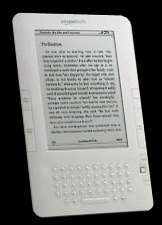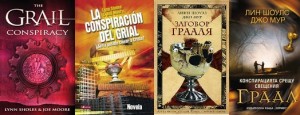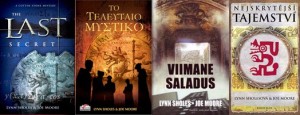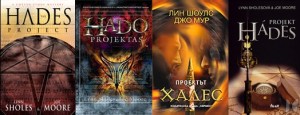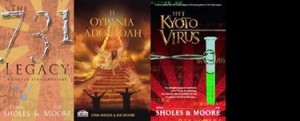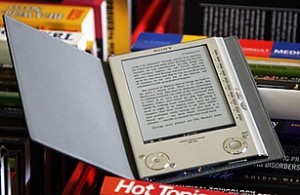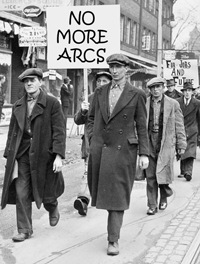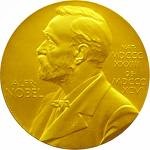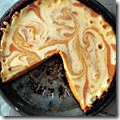By Joe Moore
You’re writing a novel. Maybe you’ve even finished it. Congratulations. The hard part is over, right?
Wrong.
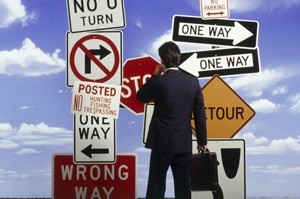 Now comes hard part #2: getting ready to sell it to a publisher. Even before you start your search, there are some basic concepts you should research first. They can prove to be costly detours on your way to finding an agent and editor if you don’t. Having the correct information by doing your homework can make for a smoother journey to publication.
Now comes hard part #2: getting ready to sell it to a publisher. Even before you start your search, there are some basic concepts you should research first. They can prove to be costly detours on your way to finding an agent and editor if you don’t. Having the correct information by doing your homework can make for a smoother journey to publication.
First, you need to define your audience. It’s important that you know what type of person or group will go out of their way to find and pay to read your book. What are the characteristics of your target reader such as their age, sex, education, ethnic, etc. Is there a common theme, topic or category that ties them together? And even more important, what is the size of your target audience?
For instance, if your book is a paranormal romance set in the future in which the main characters are all teenagers, is there a group that buys lots of your type of book? If not, you might need to adjust the content to appeal to a broader audience. Change the age of the characters or shift the story to present day or another time period. If your research proves that a large number of readers buy books that fall into that category, making the adjustment now could save you a boatload of frustration later.
Next, you need to define your competition. Who are you going up against? If your book falls into a specialized sub-genre dominated by a few other writers, you might have a hard time convincing a publisher that the world needs one more writer in that niche.
The opposite problem may occur if your genre is a really broad one such as cozy mysteries or romance. You’re going to have to put a unique, special spin on your book to break it out of the pack. Or accept the fact that the genre and your competition is a wide river of writers, and you only hope to jump in and go with the current. Either way, make the decision now, not later.
The next issue to consider is what makes your book different from all the others in your genre. Do your homework to determine what are the characteristics of books that your potential audience loves. This can be done online in the dozens of Internet writer and reader forums. And you can also do the research by discussing the question with librarians and books sellers. Once you know the answers, improve on what your target audience loves and avoid what they don’t.
Just keep in mind that you can’t time the market. The moment you sign a publishing contract, you’re still 12-18 months behind what’s on the new release table right now.
Another detail to consider in advance is deciding how you’ll market and promote your book. Sadly, this burden has fallen almost totally on the shoulders of the author and has virtually disappeared from the responsibilities of the publisher. Start forming an action plan including setting up a presence on the Internet in the form of a website and/or blog. Also, is there a way to tie in your theme to a particular industry? How can you promote directly to your audience? For instance, if your romance novel revolves around a sleuth who solves crimes while on tour as a golf pro, would it be advantageous to have a book promotion booth at golf industry tradeshows? If your protagonist is a computer nerd, should you be doing signings at electronics shows? How about setting up a signing at a Best Buy or CompUSA? Follow the obvious tie-ins to find your target audience.
Writing is hard work. So is determining your target audience and then promoting and marketing to them. Like any other manufacturing company, you are manufacturing a product. Doing your homework first will help avoid needless detours on the way to publication.
Are there any other speed bumps and detours that you can suggest avoiding that could cause writers to stumble while trying to get their books published?
~~~~~~~~~~~~~~~~~~~~~~~~~~~~~~~~~~
CALENDAR OF UPCOMING GUESTS
Mark your calendar for the following guest bloggers at the Kill Zone:
Cara Black, March 8
Robert Gregory Browne, March 15
Neil Plakcy, March 22
Liz Jasper, March 29

